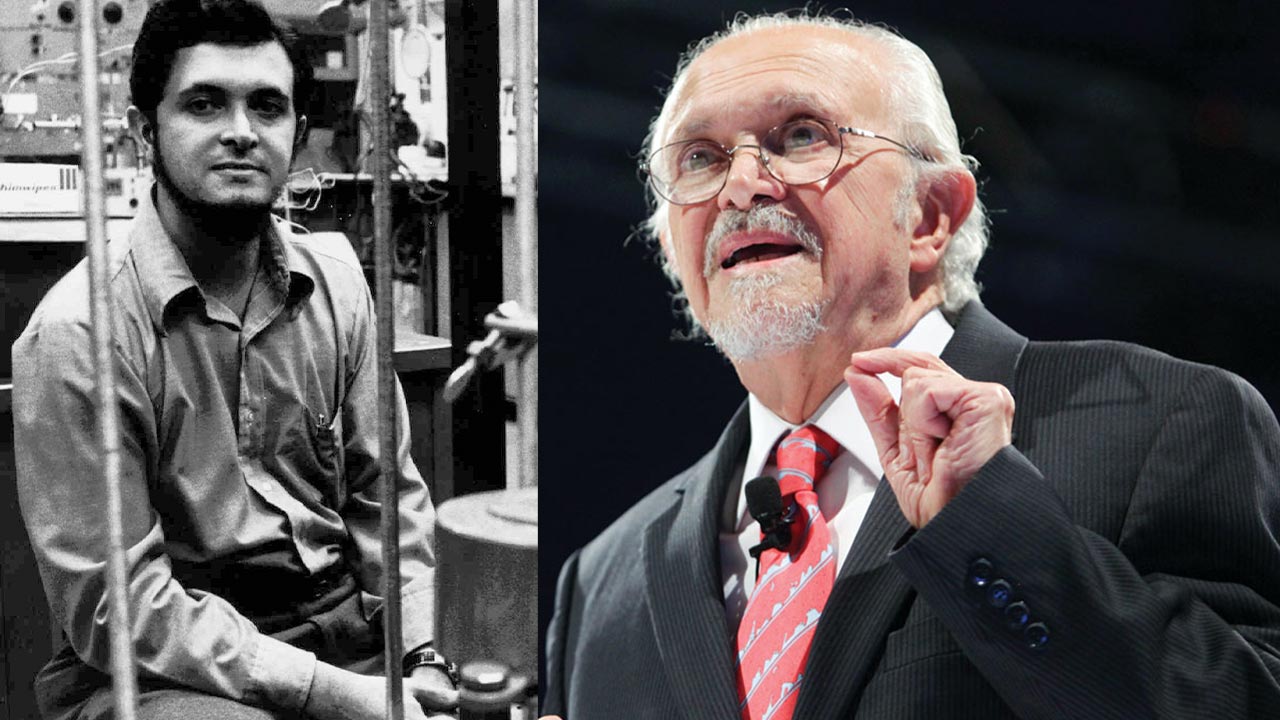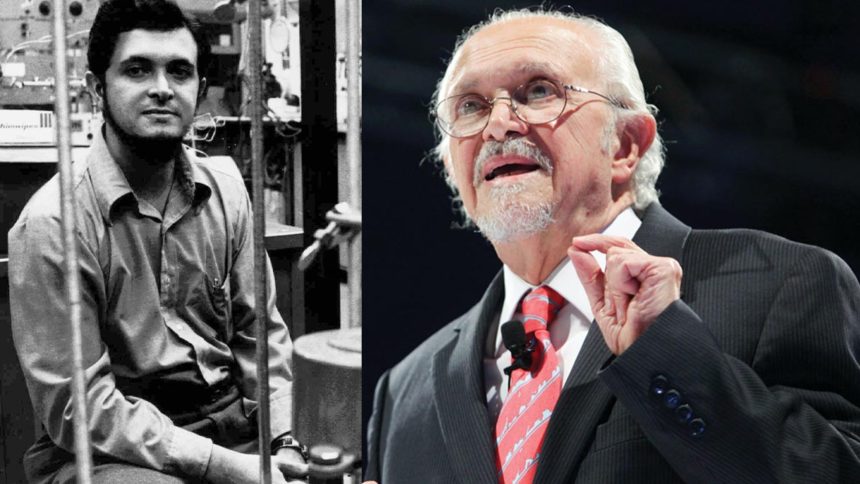Mario Molina Cause of Death: Mario Molina was a renowned Mexican-American chemist and environmental activist, who dedicated his life to understanding and combating the damaging effects of man-made chemicals on the ozone layer. He is best known for his discovery, with colleague Sherwood Rowland, that chlorofluorocarbons (CFCs) were causing the depletion of the Earth’s ozone layer, which led to a worldwide ban on these chemicals and earned them the Nobel Prize in Chemistry in 1995.
Molina continued to work tirelessly on environmental issues throughout his life, advocating for sustainable energy solutions and climate change action. However, on October 7, 2020, the world lost this great scientist, as Molina passed away in Mexico City at the age of 77. In this article, we will explore the cause and circumstances of Mario Molina’s death, as well as his life and legacy.

Table: Some key information about Mario Molina:
| Information | Details |
|---|---|
| Full Name | Mario José Molina-Pasquel Henríquez |
| Born | March 19, 1943 in Mexico City, Mexico |
| Education | National Autonomous University of Mexico, University of Freiburg |
| Discoveries | Chlorofluorocarbons (CFCs) destroy the Earth’s ozone layer |
| Awards and Honors | Nobel Prize in Chemistry (1995), Presidential Medal of Freedom (2013), Tyler Prize for Environmental Achievement (1983), Albert Einstein World Award of Science (1993) |
| Organizations | Mario Molina Center for Strategic Studies on Energy and the Environment, University of California San Diego, Massachusetts Institute of Technology, Scripps Institution of Oceanography |
| Death | October 7, 2020 in Mexico City, Mexico |
| Cause of Death | Heart attack |
Mario Molina Cause of Death:
Mario Molina was a renowned Mexican-American chemist and environmental activist, widely known for his pioneering work on the effects of man-made chemicals on the ozone layer. Born on March 19, 1943, in Mexico City, Molina grew up to become one of the most influential scientists of his generation, receiving numerous awards and honors for his groundbreaking research.
However, on October 7, 2020, the world lost this great scientist, as Molina passed away in Mexico City at the age of 77. In this article, we will explore the cause and circumstances of Mario Molina’s death, as well as his life and legacy.
Mario Molina’s Life and Achievements
Mario Molina was born into a family of scientists and grew up in a nurturing environment that encouraged his curiosity and passion for science. He studied chemical engineering at the National Autonomous University of Mexico before moving to Germany to pursue a Ph.D. in physical chemistry at the University of Freiburg.
In the 1970s, Molina and his colleague Sherwood Rowland discovered that chlorofluorocarbons (CFCs), widely used in refrigeration and air conditioning, were destroying the Earth’s ozone layer, which protects us from harmful ultraviolet radiation. Their findings led to a worldwide ban on CFCs and earned them the Nobel Prize in Chemistry in 1995.
Molina continued to work tirelessly on environmental issues throughout his life, advocating for climate change action and sustainable energy solutions. He founded the Mario Molina Center for Strategic Studies on Energy and the Environment in Mexico City to promote research and policy development in these areas.
How Did Mario Molina Die?
Mario Molina died of a heart attack on October 7, 2020, in Mexico City, where he had been residing with his family. He had been suffering from heart problems for some time, and his death was a shock to the scientific community and the general public.
Mario Molina Death Date
Mario Molina died on October 7, 2020, at the age of 77, in Mexico City.
Mario Molina Died: The World Loses an Environmental Hero, the news of Mario Molina’s death was met with sadness and tributes from around the world. The United Nations Environment Programme (UNEP) called him a “true environmental hero” and praised his work on the Montreal Protocol, which led to the phasing out of ozone-depleting substances.
Mexican President Andres Manuel Lopez Obrador also paid tribute to Molina, calling him “a scientist of the world who put his knowledge in the service of humanity” and a “great patriot.” Many other scientists, activists, and political leaders also expressed their condolences and admiration for Molina’s contributions to science and the environment.
When Did Mario Molina Die?
Mario Molina died on October 7, 2020.
FAQs:
Q: What was Mario Molina’s most significant contribution to science?
A: Molina’s discovery, with Sherwood Rowland, that CFCs were destroying the ozone layer was his most significant contribution to science. This discovery led to a worldwide ban on CFCs and earned them the Nobel Prize in Chemistry in 1995.
Q: What was the Mario Molina Center for Strategic Studies on Energy and the Environment?
A: The Mario Molina Center for Strategic Studies on Energy and the Environment was a research and policy organization founded by Molina to promote sustainable energy and environmental solutions in Mexico and beyond.
Q: What awards and honors did Mario Molina receive during his career?
A: Mario Molina received numerous awards and honors for his scientific achievements, including the Nobel Prize in Chemistry, the United Nations Environment Programme’s Champion of the
We hope you have enjoyed our work, if you liked it Please help us reach more people like You. Share this article with your Friends using below buttons. Sharing is Caring 💗








